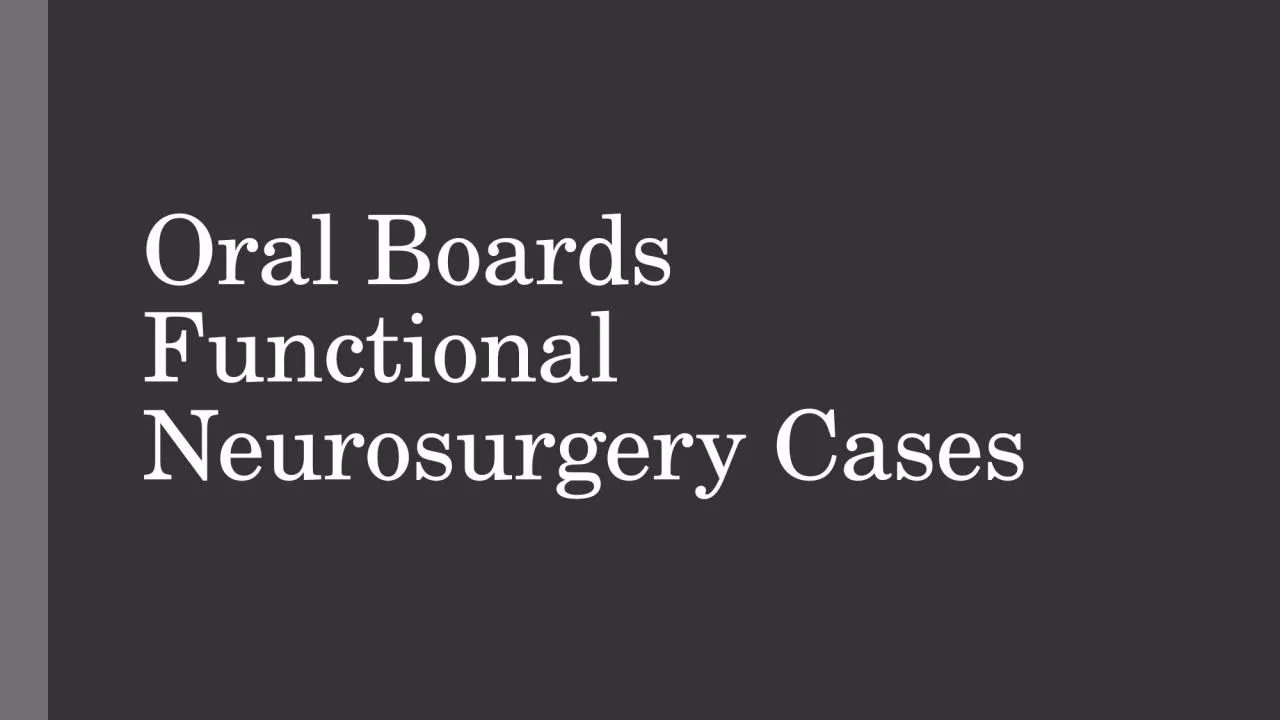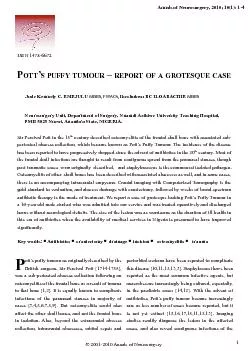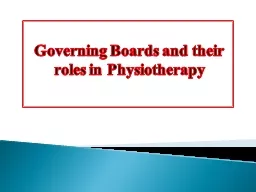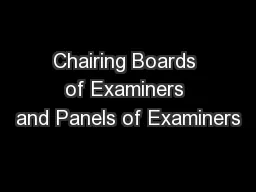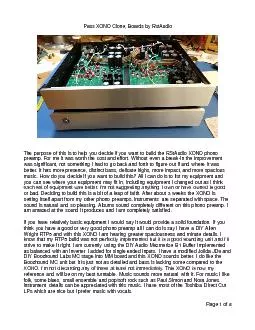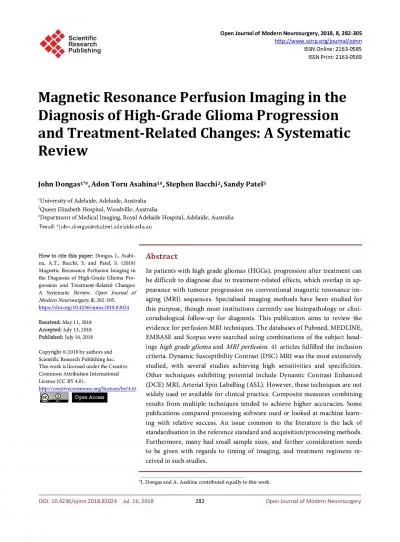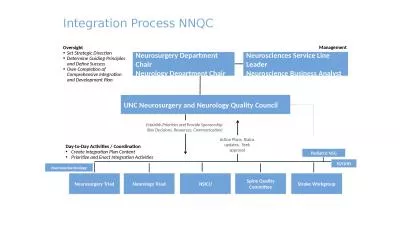PPT-Oral Boards Functional Neurosurgery Cases
Author : felicity | Published Date : 2024-01-13
Presentation 38yo woman co right arm pain x 3 yrs after minor injury to her wrist while at work Pain initially in wrist and hand now extends up arm into shoulder
Presentation Embed Code
Download Presentation
Download Presentation The PPT/PDF document "Oral Boards Functional Neurosurgery Case..." is the property of its rightful owner. Permission is granted to download and print the materials on this website for personal, non-commercial use only, and to display it on your personal computer provided you do not modify the materials and that you retain all copyright notices contained in the materials. By downloading content from our website, you accept the terms of this agreement.
Oral Boards Functional Neurosurgery Cases: Transcript
Download Rules Of Document
"Oral Boards Functional Neurosurgery Cases"The content belongs to its owner. You may download and print it for personal use, without modification, and keep all copyright notices. By downloading, you agree to these terms.
Related Documents

